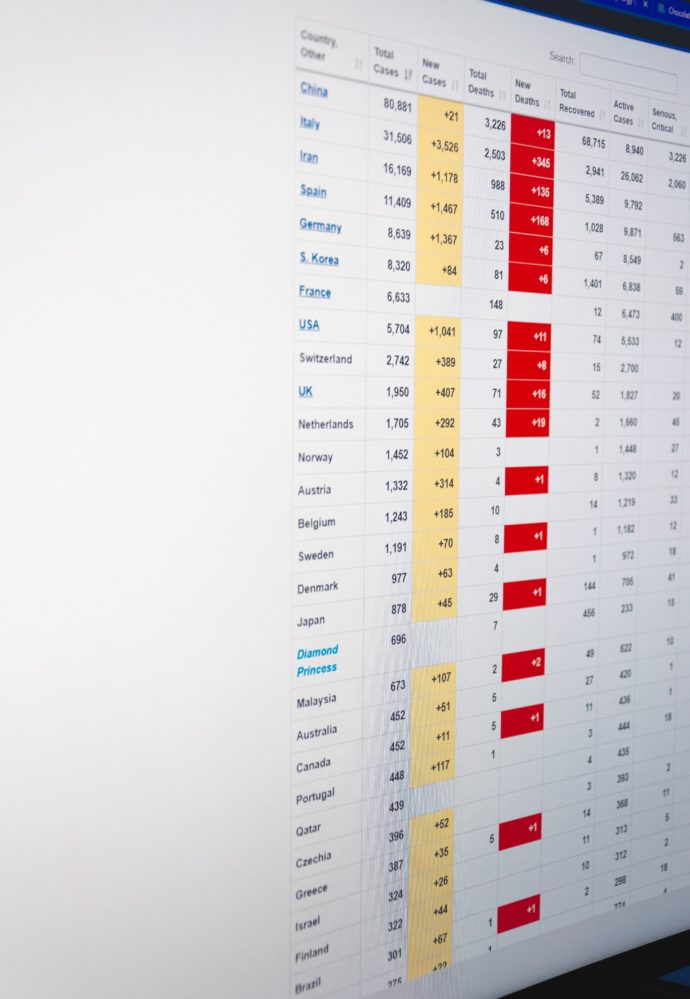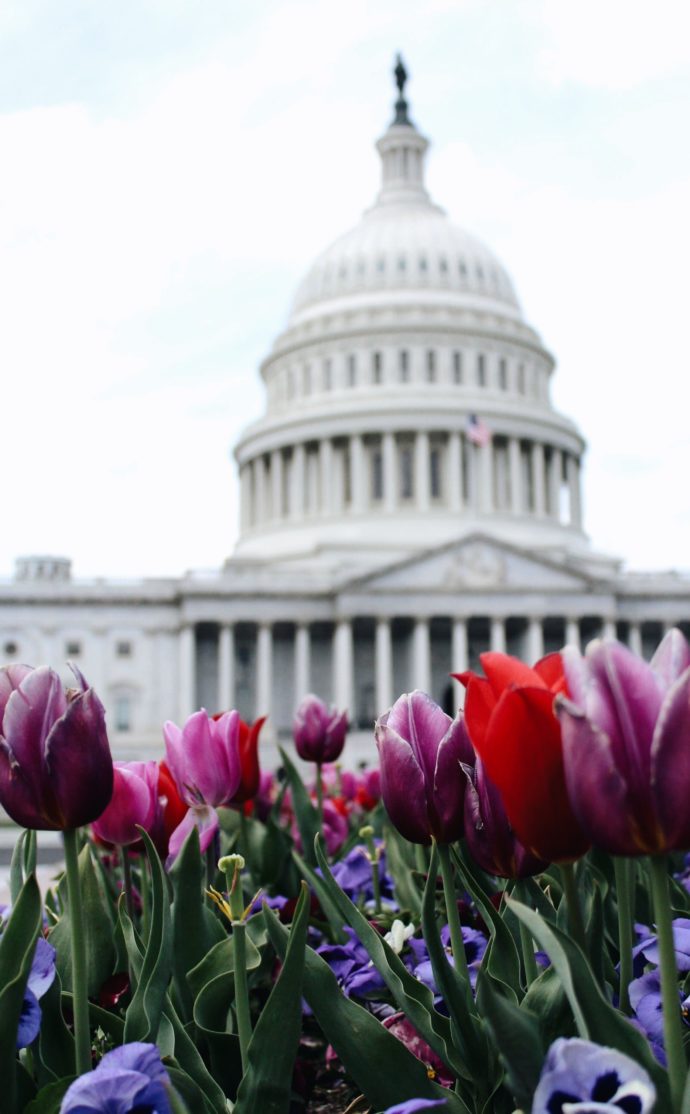Health Payer Intelligence discusses a Kaiser Family Foundation survey on deferred healthcare due to the COVID-19 emergency. “Almost 50 percent of American adults deferred care themselves or have a household member who deferred care due to the coronavirus, but more than two-thirds of those who deferred (32 percent of the total adult population) plan to get care in the next couple of months” Wow. Bear in mind that this backlog developed over the past three months. The FEHBlog therefore expects that providers will have the capacity to provide all of this deferred care quickly. But no doubt they will try to do so safely.
Speaking of patient safety, the Choosing Wisely program explains a successful program to improve patient care while reducing costs.
Choosing Wisely serves as the foundational underpinning for all of our discussions with clinicians regarding how we can deliver the highest value care to our patients,” said Alistair Aaronson, MD, MHA, FACP, who joined St. Jude (part of Providence St. Joseph Health System) in 2017 as its Executive Medical Director for Operations and High-Value Care.
Under Dr. Aaronson’s leadership, the 320-bed hospital launched a series of “bite-size projects” to reduce overutilization. Clinicians would pick a topic where there was anecdotal evidence of overutilization and then select a Choosing Wisely recommendation related to that topic. They would then compare their practice patterns against the recommendation; if the results were not positive, they would develop a project to address the overuse.
That’s a sensible solution that can be applied to other nagging problems that face us.
The FEHBlog took note of this Wall Street Journal article on progress being made in the convalescent plasma program to treat COVID-19. The article explains how proponents of this treatment are recruiting COVID-19 survivors to donate plasma in order produce the treatment.
Finding qualified plasma is more complicated than it might seem. Potential donors must meet the requirements of all blood donors, such as weight, age, and underlying health. Some don’t show up for their appointments; others find they are unable to give a sufficient amount.
“These are all challenges we have to recognize along the way in getting a donation from someone to an actual product,” said Dr. Pampee Young, chief medical officer of biomedical services at the American Red Cross. “We are building the plane as we fly it.”
The Red Cross has collected plasma from 4,000 recovered Covid-19 donors to date through its website RedCrossBlood.org/plasma4covid, according to a spokeswoman. She said the organization supports the efforts of the coalition but didn’t join it. “At this time, the Red Cross is fortunate to be able to meet the needs of our hospital partners,” she said. “We also have the capacity to ramp up our supply if necessary.”
[Moreover,] for-profit companies in the coalition [such as Microsoft] also continue to look for donors on their own through digital advertising and other online outreach, according to industry experts.
Surprisingly, one dose of the treatment may require donations from more than one survivor. The developers are fine tuning this issue now as studies continue.
UPI reports that “Workplace wellness programs designed to encourage employees to engage in activities and monitor their health might have negligible benefits, according to a study published Tuesday by JAMA Internal Medicine.”
[The researchers] compared healthcare outcomes and attitudes among [3,300] employees enrolled in the [generous wellness program] to those of 1,584 staff members not included in the initiative. [The study was conducted over a two year period.]
Overall, they found that participants in the wellness program were 5 percent more likely to have a regular primary care physician and more likely to have a positive attitude about their own health, compared to employees who did not participate in wellness-related initiatives.
The FEHBlog cannot understand why increased adoption of primary care physicians did not produce
significant effects on participants’ height, weight, waist circumference, body mass index, blood pressure, cholesterol or blood-sugar levels.
In addition, the risk for high blood pressure, diabetes or obesity was roughly the same for participants and non-participants after one and two years, researchers said.
Similarly, there were no differences between the two groups in terms of doctors’ office visits, hospital visits or emergency department visits.
That is one sobering study.
In other news, OPM today posted a “Fact Sheet: The Use of Flexible Work Schedules in Response to Coronavirus Disease 2019 (COVID-19)” and Govexec.com reports that the Postal Service like many other businesses is struggling with the COVID-19 emergency. But to their credit the mail continues to be delivered.








